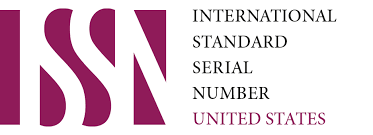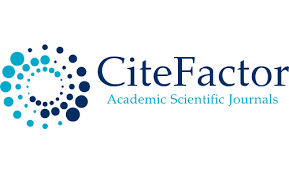Comparative Examination Of Grammatical Gaps In English And Uzbek
DOI:
https://doi.org/10.62480/jpip.2025.vol40.pp15-17Keywords:
grammatical lacuna, comparative linguistics, translation theoryAbstract
Language serves not only as a tool for communication but also as a reflection of a nation’s culture, history, and perspective. In the field of comparative linguistics, grammatical gaps, referred to as “lacunas” represent one of the most fascinating phenomena that illustrate the distinctive characteristics of different languages. This article offers a comparative examination of grammatical gaps in English and Uzbek, incorporating academic viewpoints, theoretical frameworks, and practical instances
References
Brown P., & Levinson S. C. Politeness: Some Universals in Language Usage. Cambridge University
Press. 1987. - 234 p.
Chomsky N. Lectures on Government and Binding. Foris Publications. 1981. - 89 p.
Jakobson R. On Linguistic Aspects of Translation. 1959. - 176 p.
Lyons J. Introduction to Theoretical Linguistics. Cambridge University Press. 1968. - 54 p.
Newmark P. A Textbook of Translation. Prentice Hall. 1988. - 320 p.
Quirk R., Greenbaum S., Leech G., & Svartvik J. A Comprehensive Grammar of the English Language.
Longman. 1985. - 530 p.
Sapir E. Language: An Introduction to the Study of Speech. Harcourt, Brace. 1921. - 87 p.
Kucharova F. A. Problems of translation of military terms in English-Uzbek translation studies.
International journal (Social science and education),
E-ISSN 3030-3648, 2024/11. – p. 53-58.
Kucharova F. A. Spesific characteristics of military terms in English-Uzbek languages. International
journal (Oбразование наука и инновационные идеи в мире), ISSN 2181-3187, 2023/02, р.149-155.
Downloads
Published
Issue
Section
License

This work is licensed under a Creative Commons Attribution-NonCommercial 4.0 International License.
User Rights
Under the Creative Commons Attribution-NonCommercial 4.0 International (CC-BY-NC), the author (s) and users are free to share (copy, distribute and transmit the contribution).
Rights of Authors
Authors retain the following rights:
1. Copyright and other proprietary rights relating to the article, such as patent rights,
2. the right to use the substance of the article in future works, including lectures and books,
3. the right to reproduce the article for own purposes, provided the copies are not offered for sale,
4. the right to self-archive the article.












